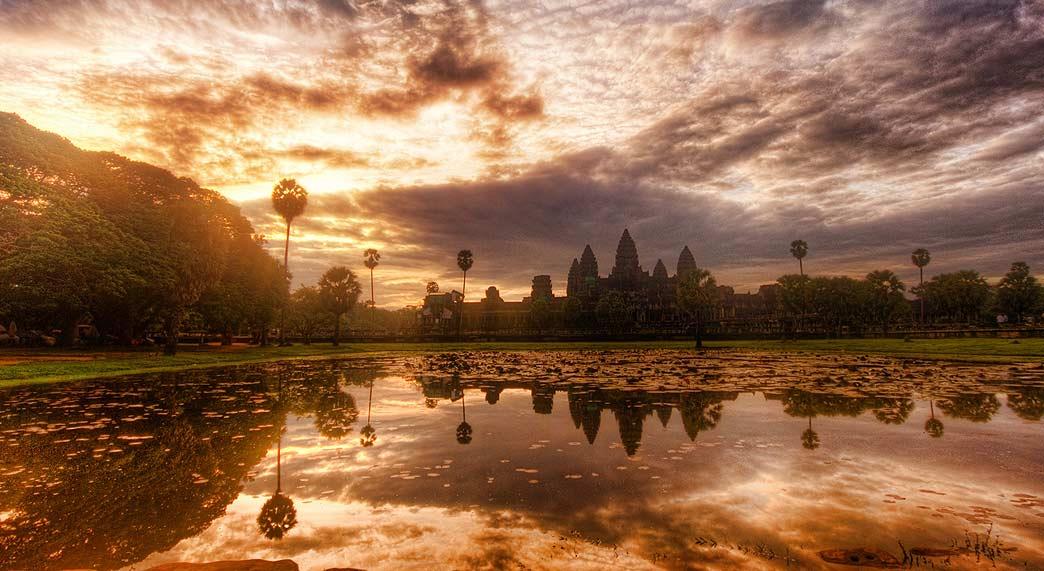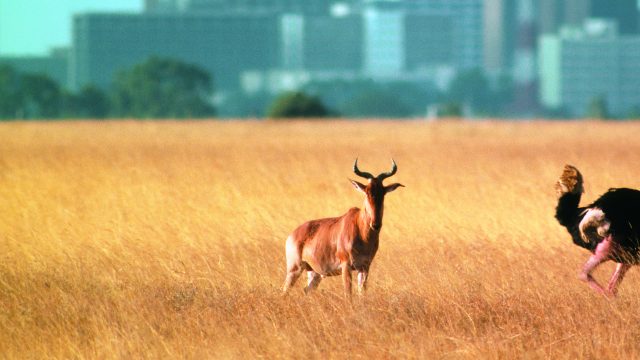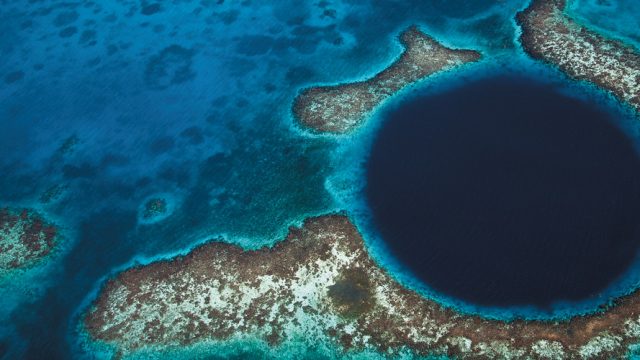Cambodia
Most of Southeast Asia is privy to the same monsoon that lights up our
Sri Lanka
Sri Lanka doesn’t promote ‘monsoon tourism’ as aggressively as Kerala. But it may as well. The island-country shares a lot with Kerala — landscape, culture, food, climate and more — and it has been promoting ayurveda for a few years now. The monsoon is the traditional season for ayurvedic treatments; it’s also the traditional season of the scared tourist (think leeches). Which makes it a great time for the less timid to explore the beautiful country. Include the beach resort town of Bentota in your monsoon itinerary — located at the mouth of a large flat estuary, it’s safe for water sports all year round, even in the monsoon.
Zanzibar
For most of us, Zanzibar is a place that exists only in history books. It was at Zanzibar, centuries ago, that Arab dhows awaited the monsoon winds to pick up speed so they could sail off to India. The monsoon winds still connect India and this archipelago off the coast of Tanzania. Like at home, the southwest monsoon winds, called kusi here, blow over the island from June to September while the northeast winds or kaskazi last from November to March. But unlike India, these winds bring no rain to these islands; rain falls between the two monsoons from March to May. With winds ranging from 15 to 30 knots, the monsoon is perfect for kite surfing. As Zanzibar gets some excellent swells during the southwest monsoon, wave surfing is popular, too.
North America
The North American Monsoon (NAM) starts in late May in southern Mexico and spreads along the western slopes of the Sierra Madre Occidental, reaching Arizona and New Mexico in early July. It’s the result of a high-pressure ridge which moves northwards during summer and a thermal low created by surface heating over the Mexican Plateau and the desert southwest of the United States. It might be much smaller and weaker than the monsoon systems of the Indian subcontinent but it leads to some spectacular storms in the Sonoran and Mojave deserts, reviving desert streams and leading to a temporary greening. Lightning storms are also a common sight during the monsoon. Head to the city of El Cajon in California to see some astonishing thundershowers.
Cambodia
monsoon
rainy season





